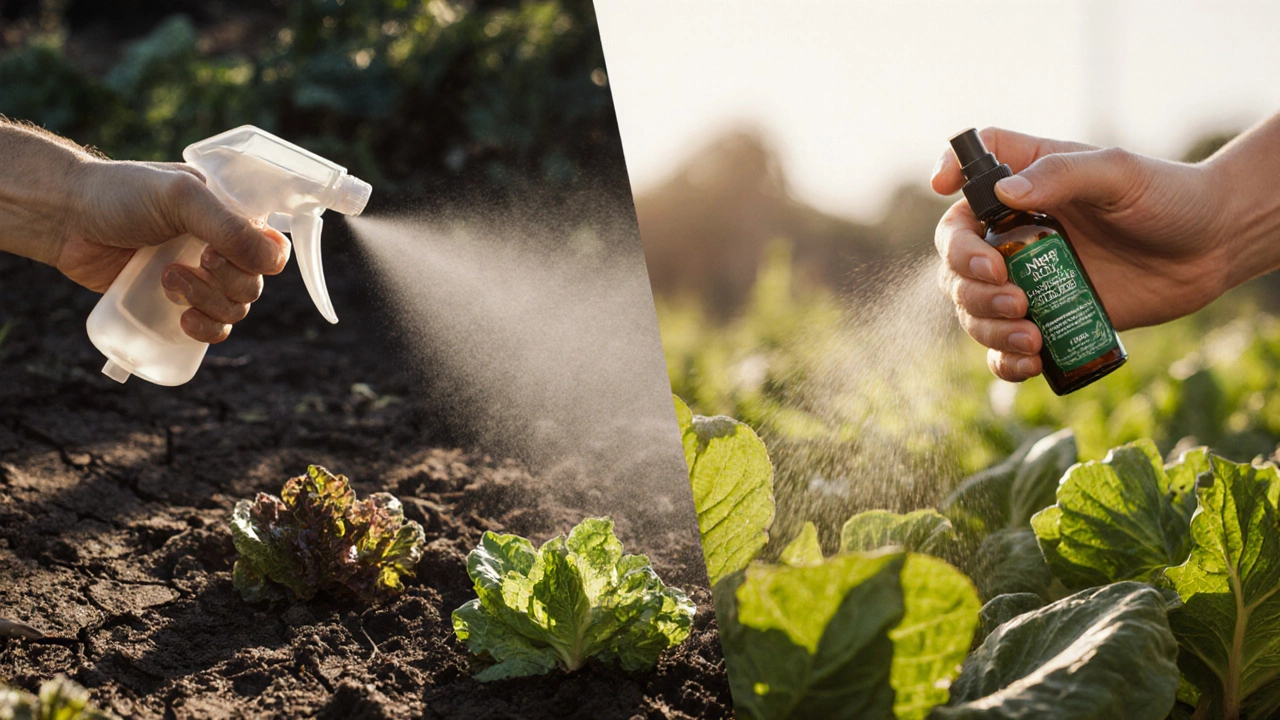Natural Pest Control: Eco‑Friendly Ways to Keep Your Home Bug‑Free
When exploring natural pest control, a set of non‑chemical techniques that deter insects and rodents using safe, environmentally‑friendly methods. Also known as green pest management, it focuses on prevention, habitat modification and natural repellents. Natural pest control encompasses eco‑friendly cleaning, cleaning practices that remove food sources and shelter for pests without harsh chemicals, and it often relies on essential oils, plant‑based extracts like peppermint or eucalyptus that act as natural repellents. These connections form the backbone of a home‑friendly pest strategy.
Key Strategies That Link Together
First, eco‑friendly cleaning, uses vinegar, baking soda and plant‑based detergents to scrub away crumbs and residues that attract ants, cockroaches and rodents. By removing the food supply, you prevent infestations before they start. Second, essential oils, are applied in sprays or diffusers to create scents pests avoid. A peppermint–water mix on windowsills or a lavender sachet in closets can keep moths and pantry insects at bay. Third, biological control, introduces natural predators like ladybugs or nematodes to target pests such as aphids or soil‑dwelling larvae. This method influences natural pest control effectiveness by letting nature do the heavy lifting.
Another pillar is integrated pest management, a coordinated approach that blends monitoring, prevention, and targeted interventions. It requires natural pest control tools, from sticky traps to botanical sprays, and relies on regular inspections to catch problems early. When you combine natural pest control with monitoring, you can adjust tactics quickly, avoiding the need for broad‑spectrum chemicals. This synergy not only protects your family’s health but also supports local ecosystems.
Practical tips flow from these concepts. Start each cleaning session by wiping down countertops with a 50/50 water‑vinegar solution—an eco‑friendly cleaning method that strips away sugars ants love. Follow with a light mist of diluted peppermint oil around entry points; the scent confuses insects and discourages them from entering. In garden beds, sprinkle beneficial nematodes to target soil pests—an example of biological control that reduces the need for synthetic pesticides. Finally, set up a simple monitoring routine: sticky cards in corners and a weekly visual check. This integrated pest management habit lets you spot trends and adapt quickly.
Why do these methods work together? Eco‑friendly cleaning removes attractants, which enables essential oils to act more effectively because pests have fewer hiding spots. Meanwhile, biological control maintains a balanced indoor/outdoor ecosystem, reducing the pressure that forces pests to seek shelter indoors. When you pair these strategies under the umbrella of integrated pest management, you get a comprehensive plan that’s both sustainable and affordable.
In everyday life, the line between cleaning and pest control blurs. A tidy kitchen isn’t just about aesthetics; it’s a core component of natural pest control. By adopting the habits described above, you’ll notice fewer ants on the pantry shelf, fewer spider webs in corners, and a calmer mind knowing you’re not relying on toxic sprays. These practices also align with the broader trend of environmental cleaning, using safe products that protect both people and the planet, a value many homeowners now prioritize.
Ready to see these ideas in action? Below you’ll find a curated collection of articles that dive deeper into each technique—step‑by‑step guides on DIY essential‑oil sprays, budget‑friendly biological control options, and detailed checklists for an eco‑friendly cleaning routine. Explore the resources, pick the tactics that fit your home, and start building a pest‑free environment the natural way.

Eco-friendly pesticides: top natural options for garden pest control
Learn which natural, biodegradable pesticides work best for garden pests, how to apply them safely, and how to integrate them into an eco‑friendly pest management plan.
Read More